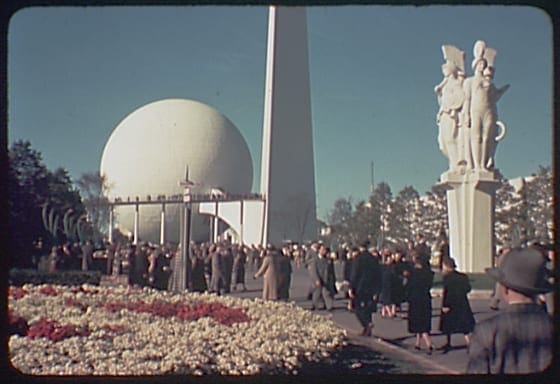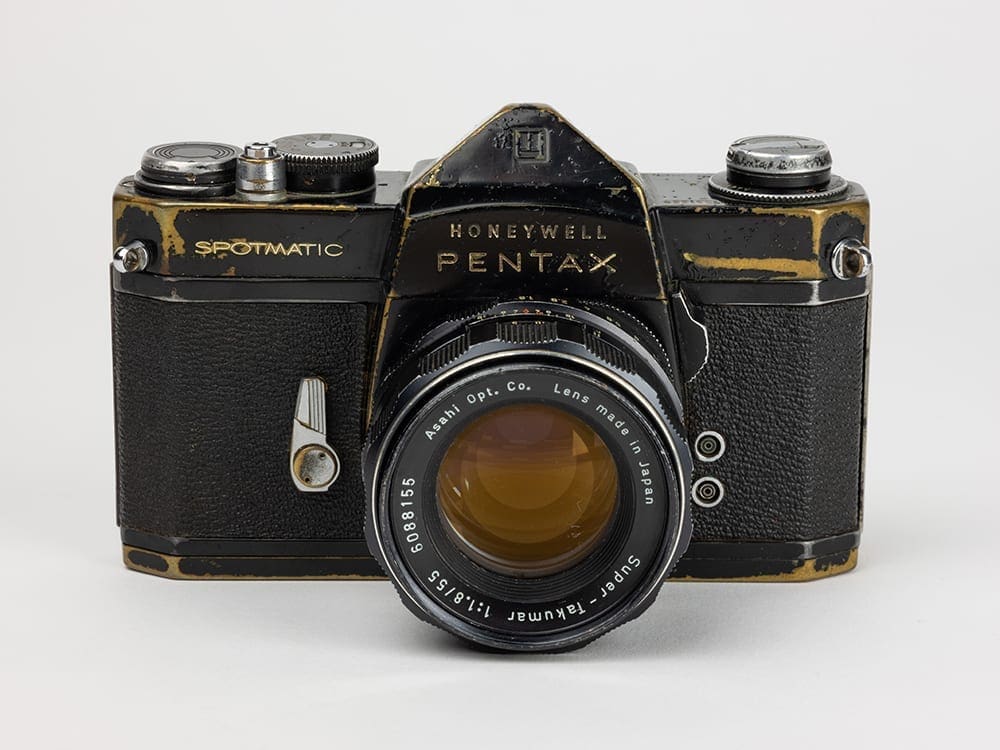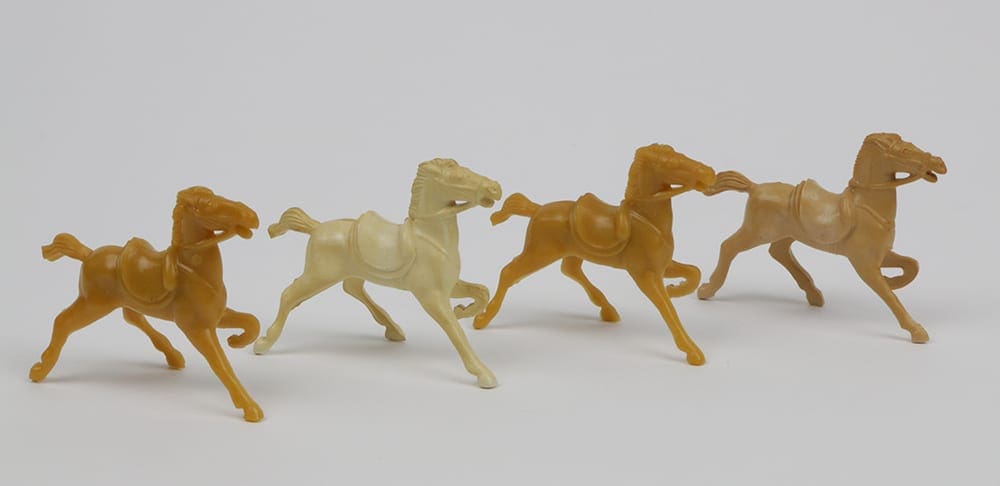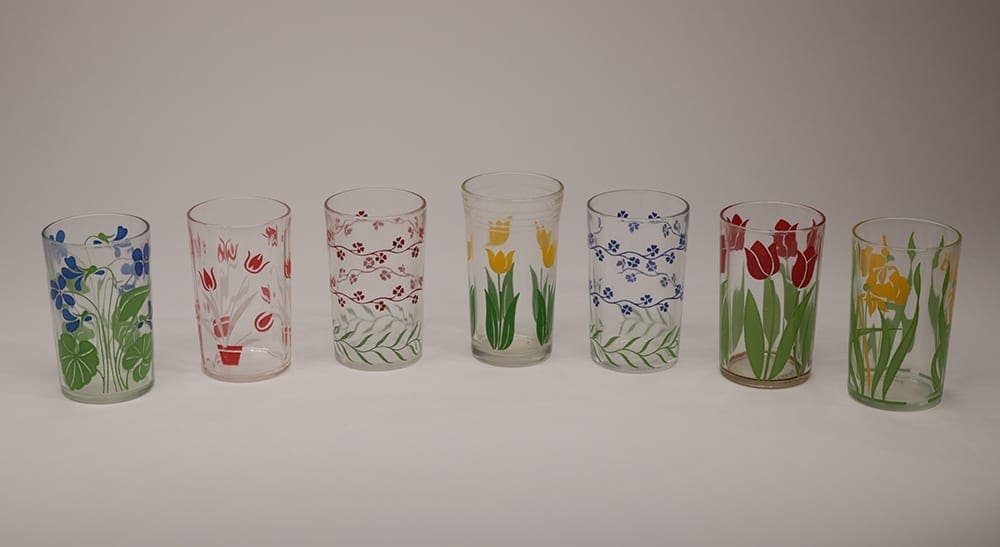Red, White, and Blue Dress
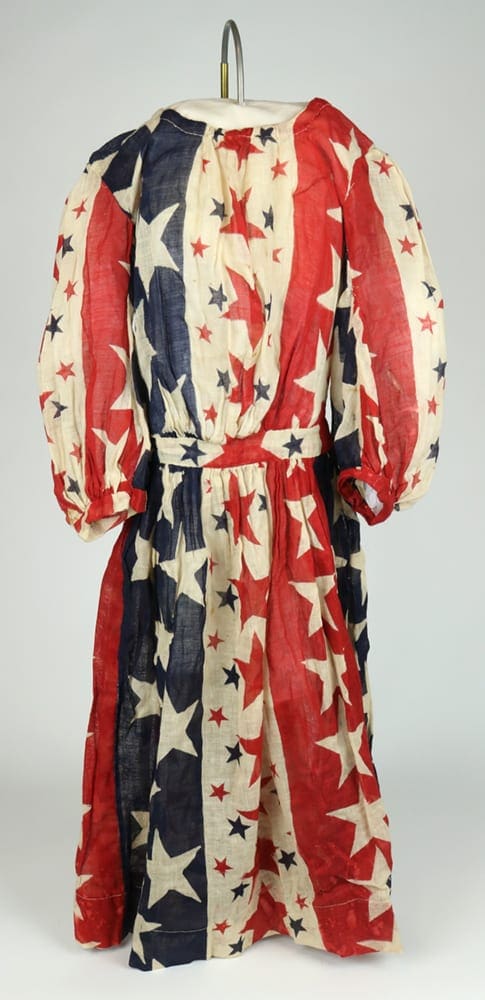 Donated by Mary Brashears Mullen
Donated by Mary Brashears Mullen
Jessie Stewart (1892-1980) showed her patriotic spirit when she wore this dress to the annual reunion at St. Paul (Madison County). The dress dates to about 1901, so Jessie would have been about ten years old when she wore it.
Jessie was born in Hazard, Kentucky, to James M. and Margaret Elizabeth Brashears Stewart. In 1895, the family moved to St. Paul where James ran a mercantile. Jessie attended school in St. Paul, then studied music at the University of Arkansas. Following graduation from college, she taught school in Oklahoma and in the Northwest Arkansas communities of Bentonville and Cave Springs. In 1925 she married Thomas Jacob “Jake” Gilstrap, a lumber yard operator she first met in St. Paul. Jake opened his first lumber yard in Combs (Madison County) in 1915 and went on to own lumber yards in Texas, Kansas, and Northwest Arkansas.
When Jake died in 1946, Jessie moved to Bentonville to run the family lumber business there. She became a successful businesswoman, well-known in the retail lumber trade as “Lumber Lou,” whose columns appeared regularly in trade publications for over thirty years.
Donated by Mary Brashears Mullen
Jessie Stewart (1892-1980) showed her patriotic spirit when she wore this dress to the annual reunion at St. Paul (Madison County). The dress dates to about 1901, so Jessie would have been about ten years old when she wore it.
Jessie was born in Hazard, Kentucky, to James M. and Margaret Elizabeth Brashears Stewart. In 1895, the family moved to St. Paul where James ran a mercantile. Jessie attended school in St. Paul, then studied music at the University of Arkansas. Following graduation from college, she taught school in Oklahoma and in the Northwest Arkansas communities of Bentonville and Cave Springs. In 1925 she married Thomas Jacob “Jake” Gilstrap, a lumber yard operator she first met in St. Paul. Jake opened his first lumber yard in Combs (Madison County) in 1915 and went on to own lumber yards in Texas, Kansas, and Northwest Arkansas.
When Jake died in 1946, Jessie moved to Bentonville to run the family lumber business there. She became a successful businesswoman, well-known in the retail lumber trade as “Lumber Lou,” whose columns appeared regularly in trade publications for over thirty years.



